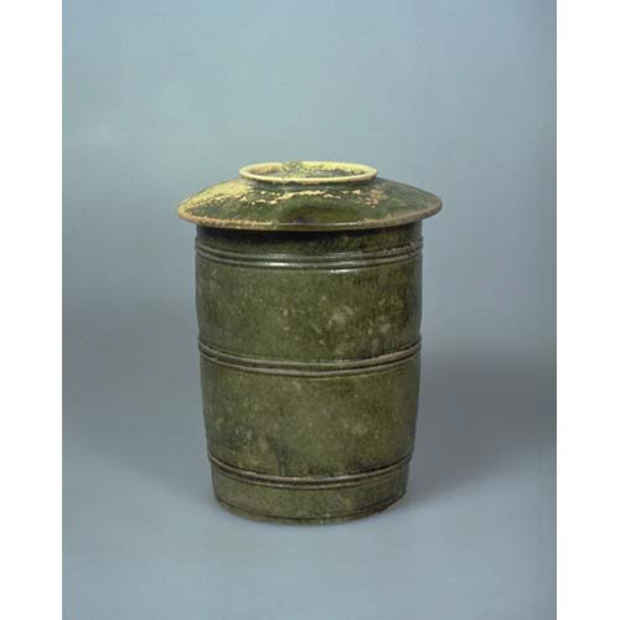”The Milieu of The Tale of Genji - Archaeological Discoveries from the Heian Period" Exhibition
Kyoto National Museum

This event has ended.
This year marks one thousand years since Murasaki Shikibu (d. 1014?) wrote her celebrated work, "The Tale of Genji". Recognized by the then Minister of the Left Fujiwara no Michinaga (966-1027) for her literary talent, Lady Murasaki gained entrance to Court by serving Michinaga's daughter Shoshi (988-1074), who later became the influential consort of Emperor Ichijo (r. 986-1011). Murasaki's insider observations of Ichijo's Court are said to have been the basis for "The Tale of Genji". This feature exhibition presents archaeological artifacts from the Heian period (794-1185) to introduce the age in which Lady Murasaki lived.
Highlights of this exhibit include a gilt bronze sutra container and a forged bronze sutra case, both dating to around Murasaki's time. The sutra container is renowned as a dedicatory offering to the Buddhist deity Zao Gongen from Michinaga, who had it buried on Mount Kinpu in Nara Prefecture during his pilgrimage to this sacred site in 1007. Inscribed on this container are the wishes of this powerful minister who later became Regent and who has been suggested to be the model for Murasaki's main character, Genji.
The sutra case was dedicated in 1031 to the Nyoho-do Hall in Yokawa Valley on Mount Hiei by the Cloistered Empress Jotomon'in, who Murasaki had earlier served when she was known as Shoshi. This bronze case (now owned by Enryaku-ji Temple), decorated with auspicious Buddhist floral motif, was excavated in the Taisho period (1912-1926) and later designated as a National Treasure.
Also on exhibit is a Chinese Yuezhou celadon ewer, which was excavated in Kohata in southern Kyoto - an area is said to be the gravesite of the Fujiwara clan. Such archaeological finds suggest that mid-Heian period courtiers possessed luxury imports from the continent. Lady Murasaki may also have seen such refined works of celadon. Decorative tiles excavated from the former site of Hossho-ji, the historic temple built by Michinaga, and objects buried in sutra mounds in the Kyoto area also offer glimpses of the world in which Murasaki lived.
*Exhibiting at the Collections Hall Gallery 2
[Image: Green-glazed Sutra Container courtesy of Kyoto National Museum]
Media
Schedule
from April 02, 2008 to June 29, 2008